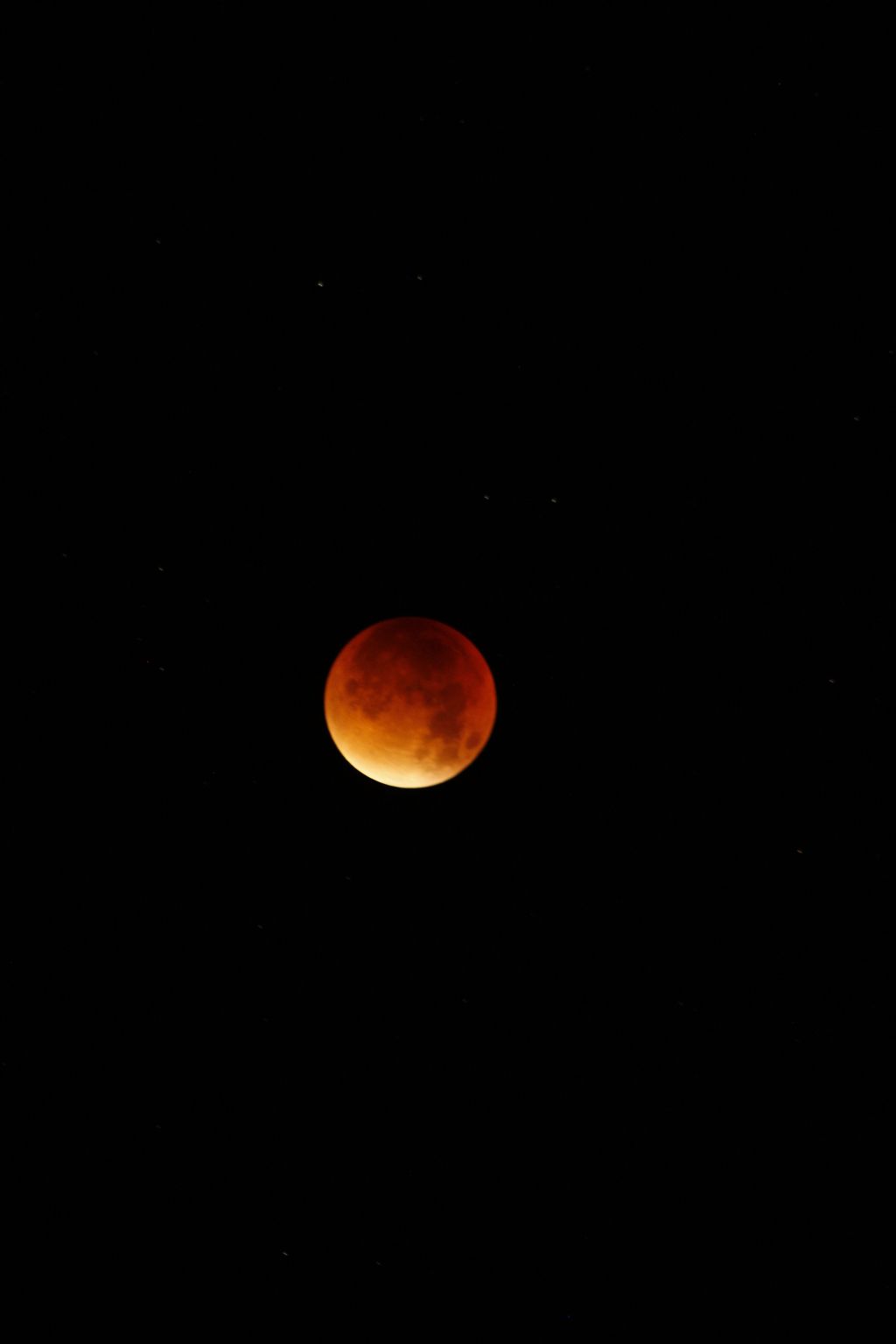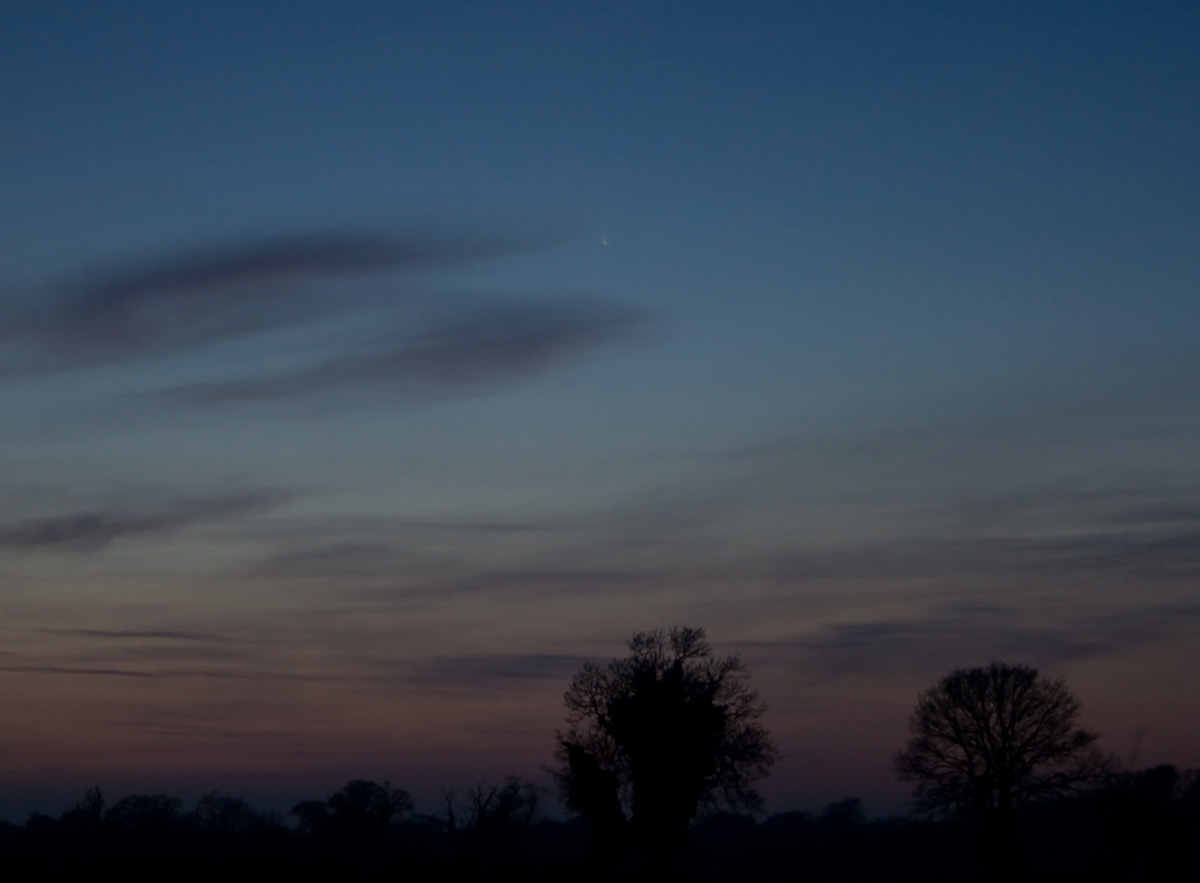My original plan for the transit was to observe from Ness Point at Lowestoft; the most easterly point in the UK. However, by tuesday afternoon, the forecast, which hadn’t been looking good was getting worse so I started looking for alternative sites. The Royal Astronomical Society had a webpage showing organised events so I started comparing the sites with the weather forecasts. Abingdon stood out as being behind the band of rain and the BBC were showing a clear spell developing about 4am.
Setting out just after 8pm I drove through the rain and was on site in the car park by 11:30 where I got my head down for a few hours sleep before dawn. Upon waking, I was puzzled for a short while by the bright light in the rear view mirror until I realised that it was the setting moon, the BBC’s cloud cover forecast was correct! A few of the Abingdon Astronomical Society members started showing up after 4am so I setup the Astrotrac with Zenithstar while waiting for both the dawn and the band of cloud in the north east to clear.
Unfortunately, the cloud stuck with only a couple of short glimpses of the sun through it. Frustrating, yes; disappointing, yes; but at least I’d had better odds than if I’d stayed at home. As the transit ended, right on cue, the clouds parted. I stayed around to take a few pictures of the sun. Venus is in the picture as well, you just can’t see it.


My thanks to the Abingdon Astronomical Society for setting up a fine event. Here’s to better weather in 2117!
 Picture was taken with a Canon 100D and 75-300mm zoom. Exposure time was 3 seconds.
Picture was taken with a Canon 100D and 75-300mm zoom. Exposure time was 3 seconds.








